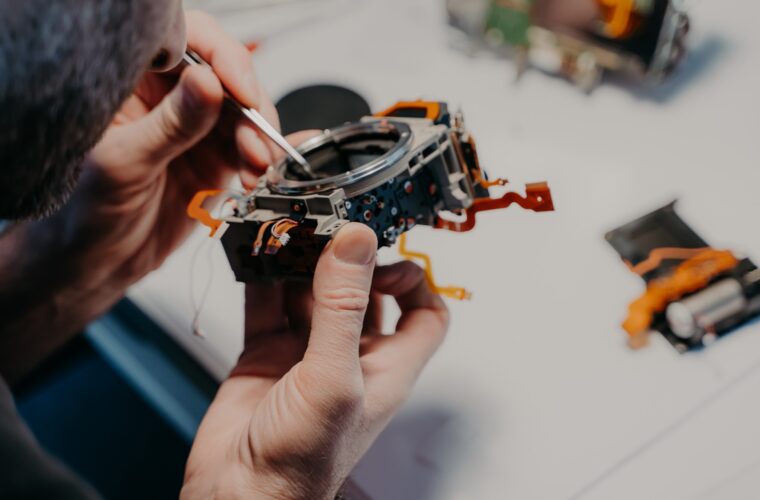The EU’s perspective
The European Union produces more than 2.5 billion tonnes of waste every year. This alone would require us to transition to a new, sustainable model. Still, significant economic interest also backs up the decision to change the paradigm because the European Union’s dependence on resources from other regions may decrease its competitiveness. The new legislation on waste management to promote a shift to a more sustainable model is known as the circular economy. This now also includes the concept of industrial symbiosis, but let us understand the umbrella term first.
What is the circular economy?
The circular economy is a production and consumption model involving sharing, leasing, reusing, repairing, refurbishing, and recycling existing materials and products as long as possible. This helps minimize waste and extends the life cycle of products.
It implies reducing waste to a minimum. When a product reaches the end of its life, its materials are kept within the economy wherever possible. Only a relatively small amount is discarded as waste if no preventive measures can keep it in the circular model.
Problems with the traditional model, the linear economy
The linear economic model, based on a take-make-consume-throw-away pattern, relies on large quantities of cheap, easily accessible materials and energy and has no solutions for the problem of waste creation.
Unfortunately, the market economy largely relies on the linear economy incentivizing customers to buy products repeatedly. To make customers buy new products, producers often rely on materials that are not of high quality and hence have a reduced lifespan. The root problem lies in the psychology of the consumer society, which essentially makes older products seem outdated and is based on the human mind’s focus on being accepted by the “herd” and the false phenomenon that objects make us happy.
However, the world’s population is growing, and the demand for raw materials is also increasing. We have come to an understanding that the current model cannot sustain the needs of the growing number of people, and we are rapidly running out of crucial raw materials. Hence, it is vital to keep those materials in the loop. And we have not even mentioned the carbon emissions deriving from the extraction and use of materials.
What are the benefits?
According to the European Parliament’s pages designed to familiarize people with the concept of circular economy, besides waste minimization, “ecodesign and re-use could save EU companies money while reducing total annual greenhouse gas emissions. Currently, the production of materials we use daily accounts for 45% of the CO2 emissions.”
Essentially, this would lead to a more conscious use of materials and increase the EU’s competitiveness by stimulating innovation across different sectors to enable the integration of the circular economy model. The EU alone would expect a 0.5% GDP increase and 700.000 new jobs due to the system change.
Customers would be more satisfied with the quality and innovative products that last long.
Moving towards a more circular economy could deliver benefits such as reducing pressure on the environment, improving the security of the supply of raw materials, increasing competitiveness, stimulating innovation, boosting economic growth (an additional 0.5% of gross domestic product), creating jobs (700,000 jobs in the EU alone by 2030).
In the EU’s circular economy action plan, there is a particular focus on resource-intensive sectors, such as electronics and ICT, plastics, textiles, and construction.



